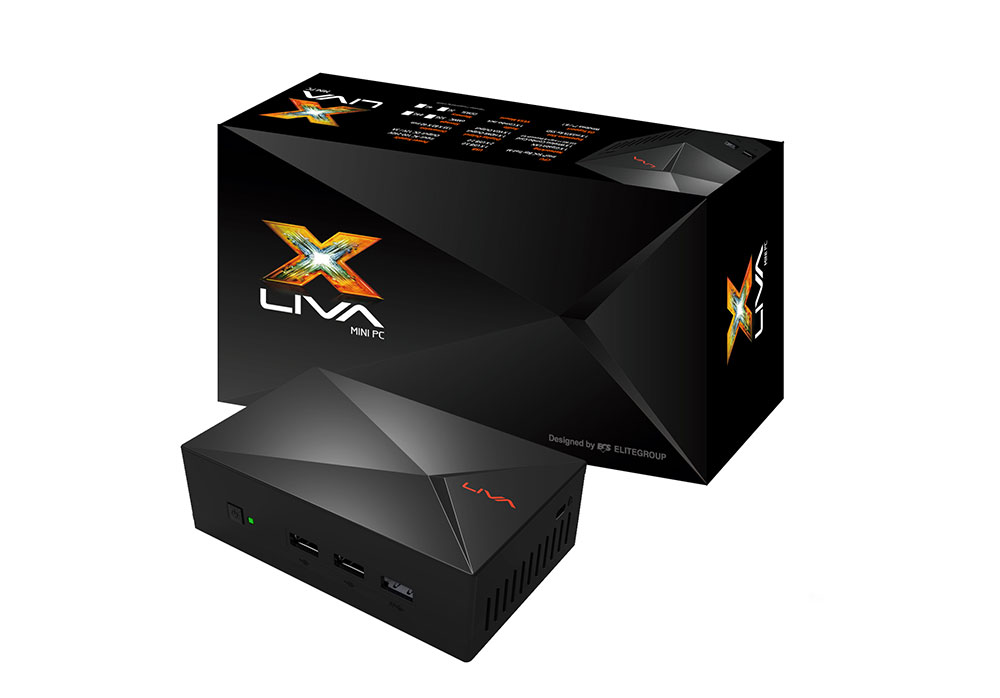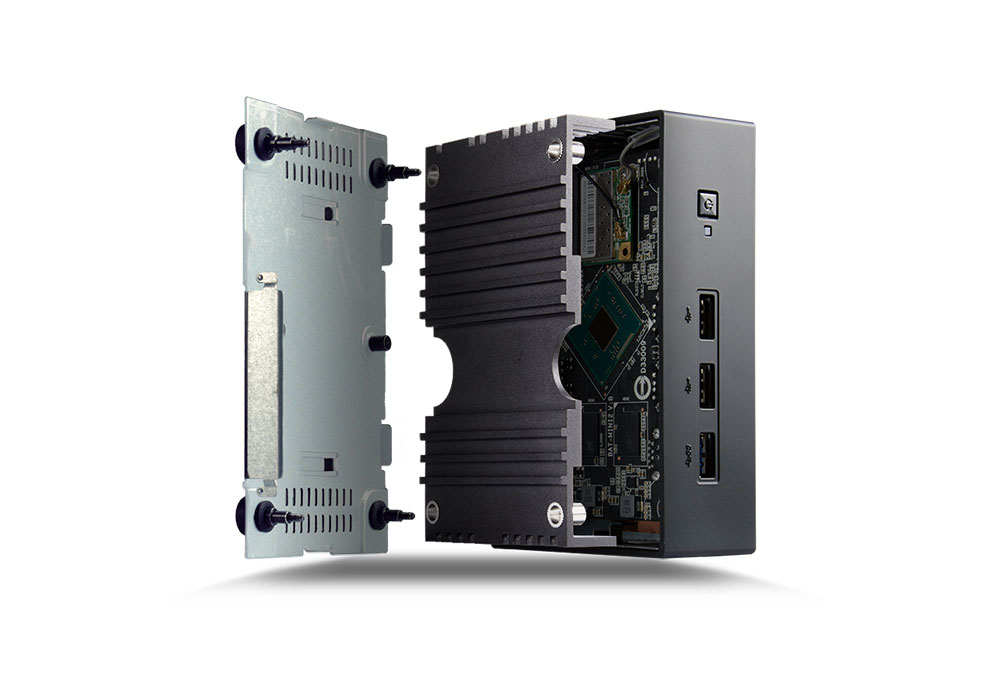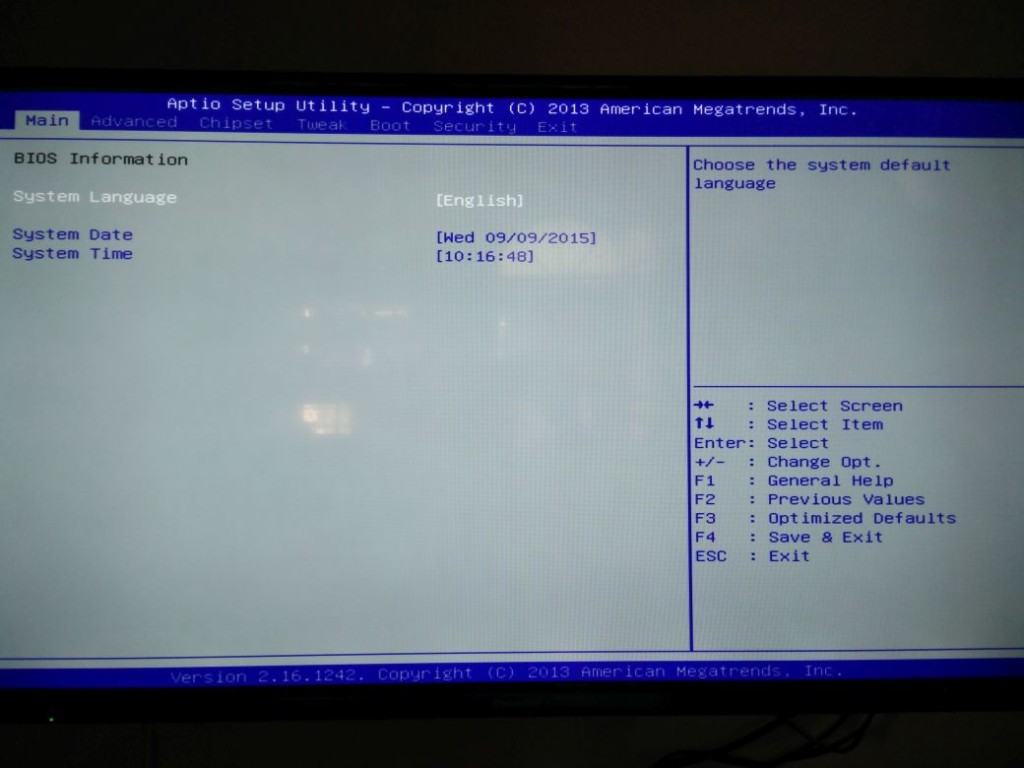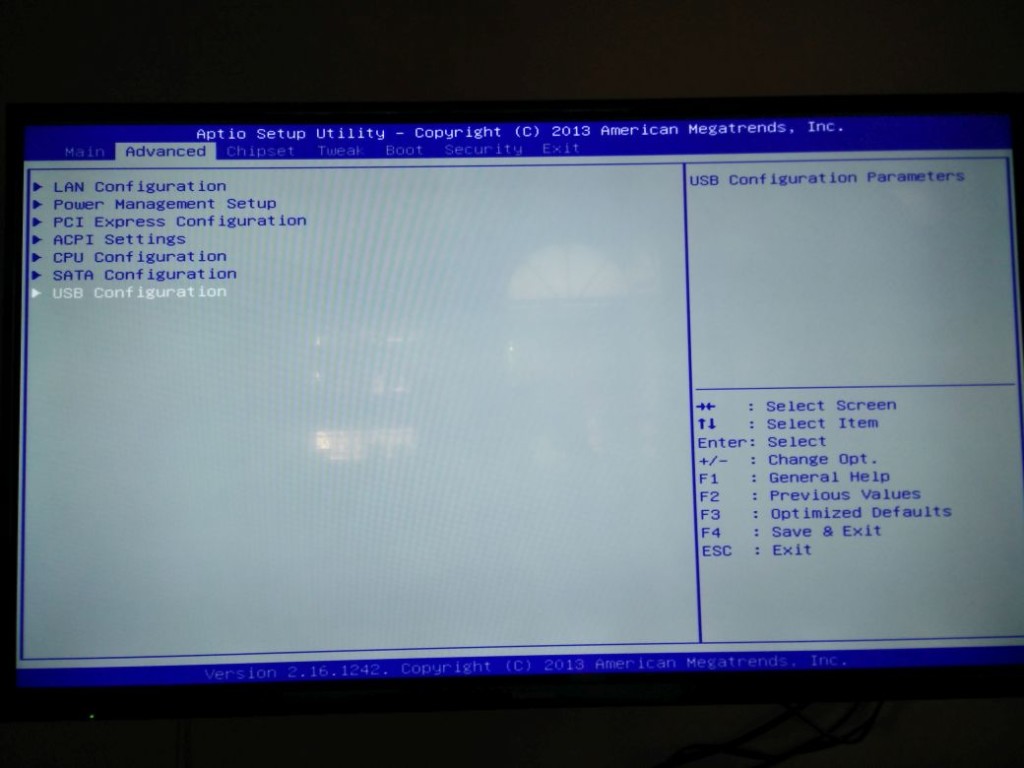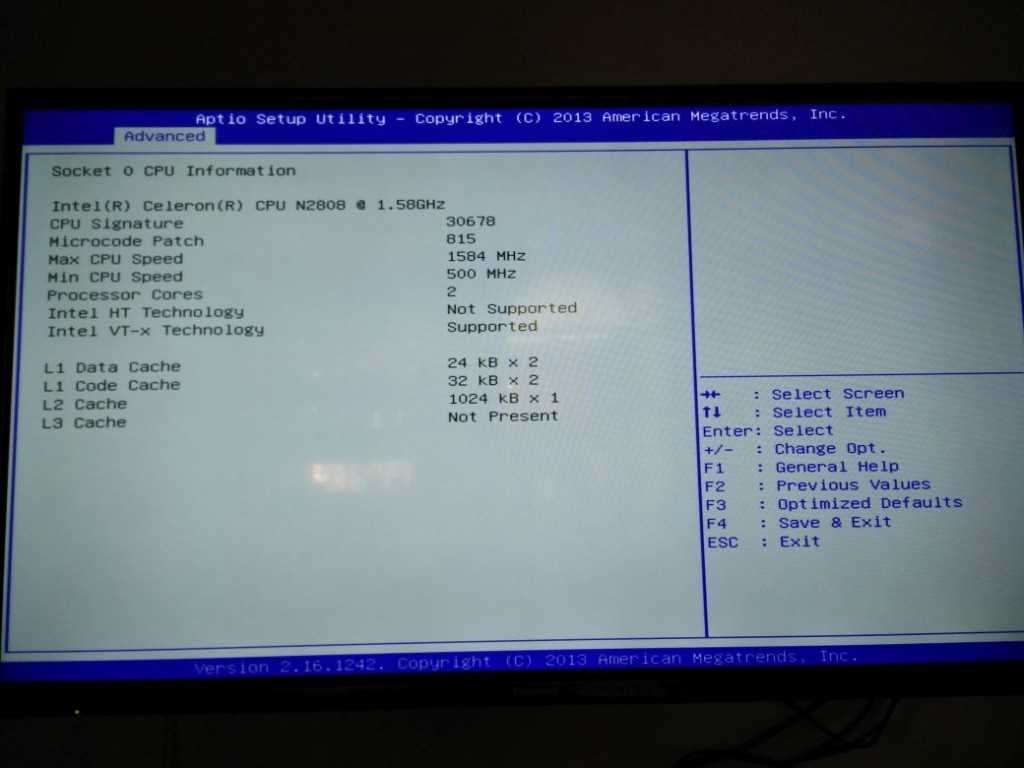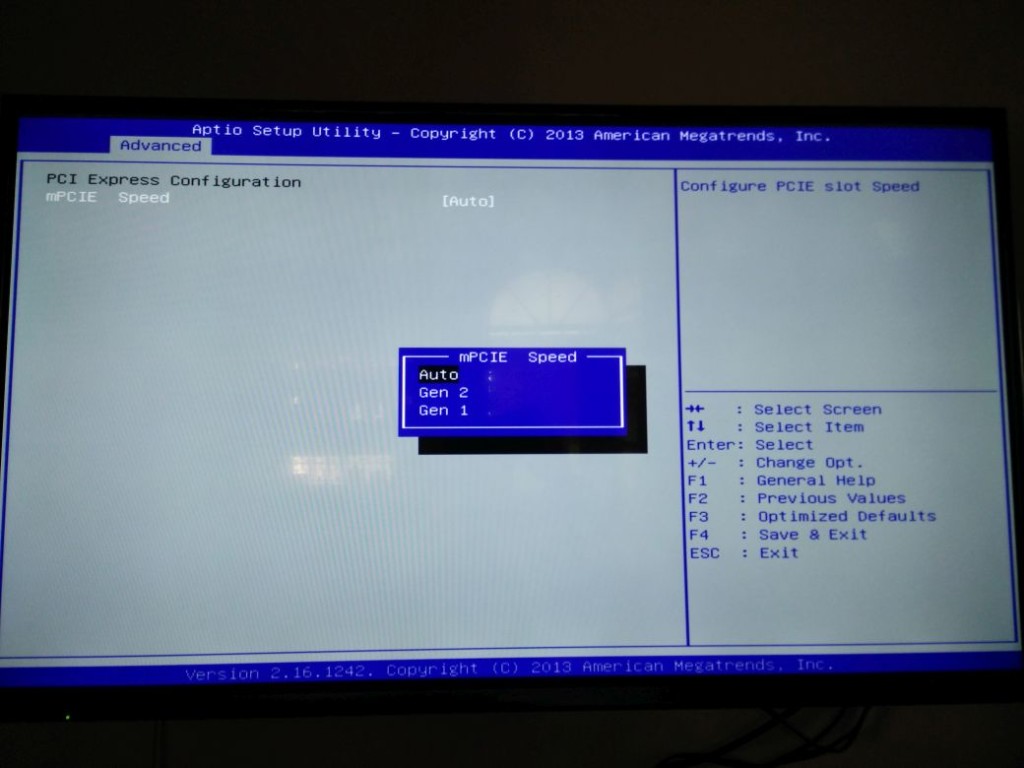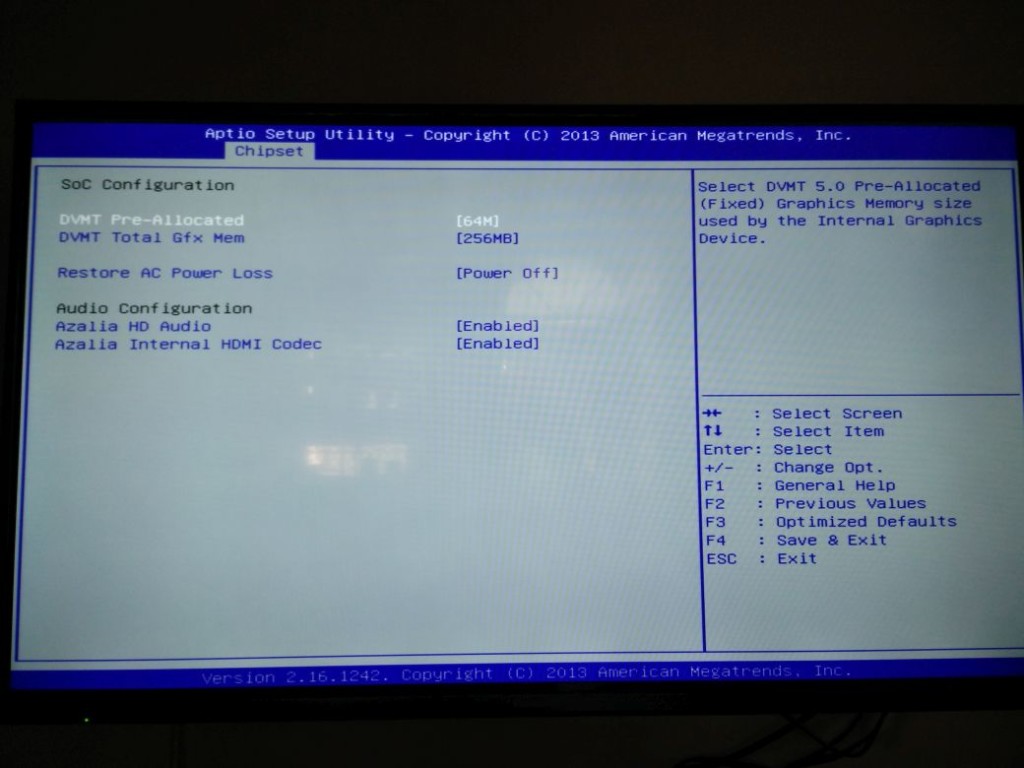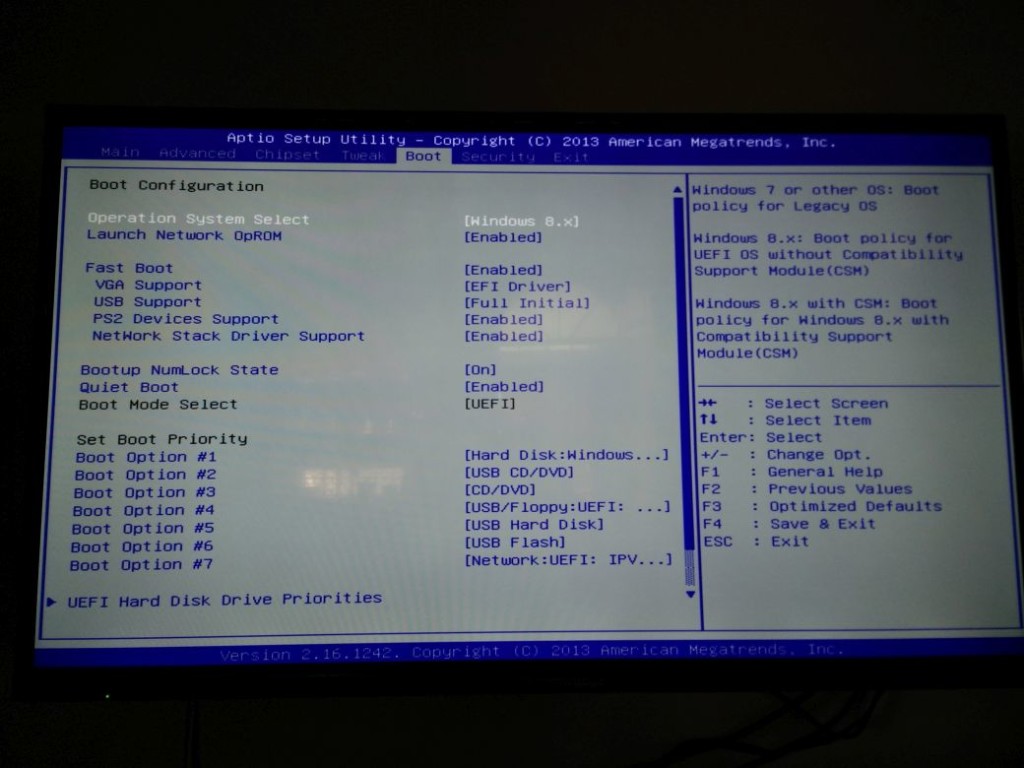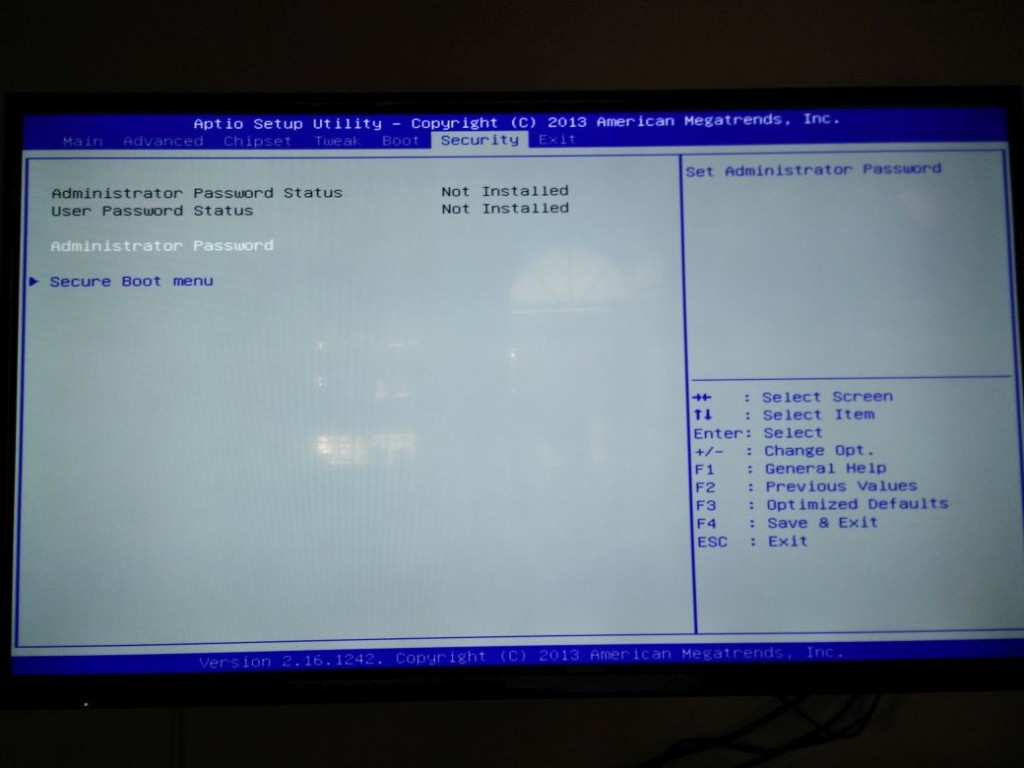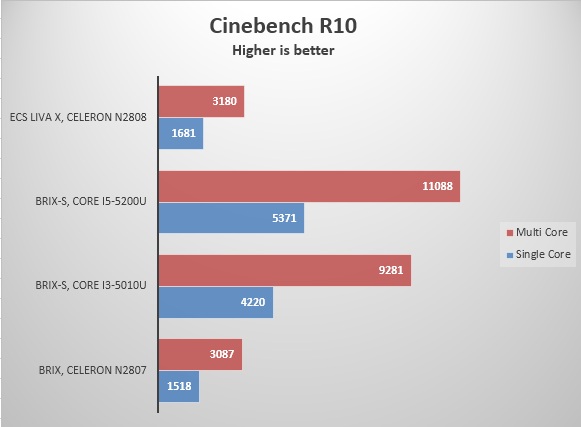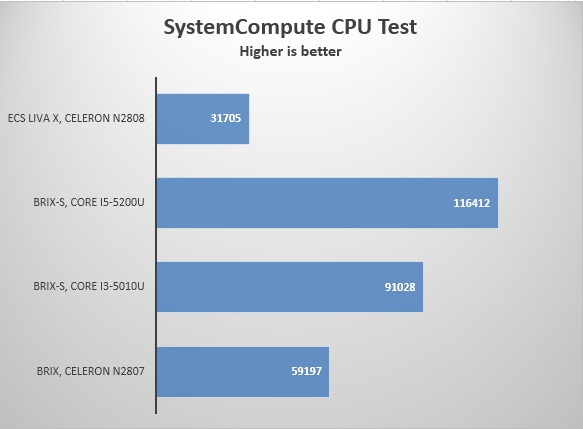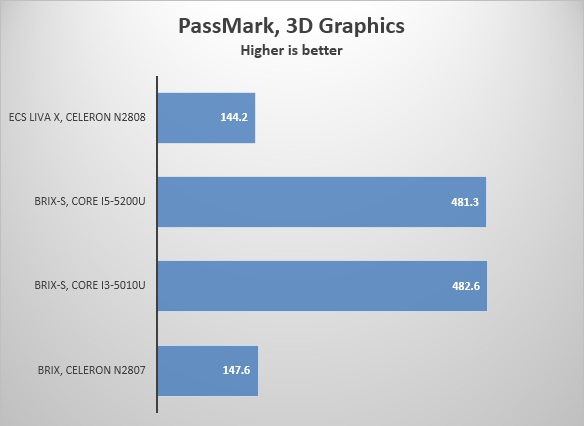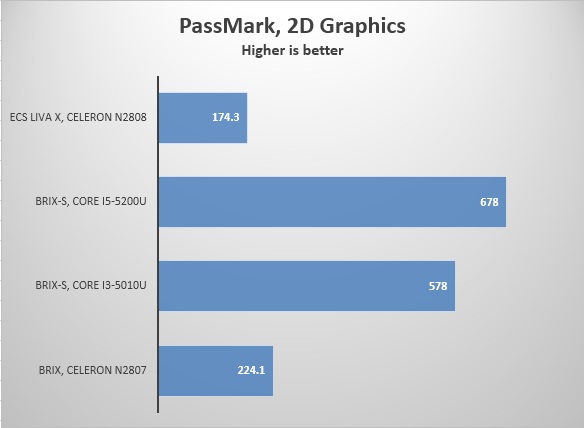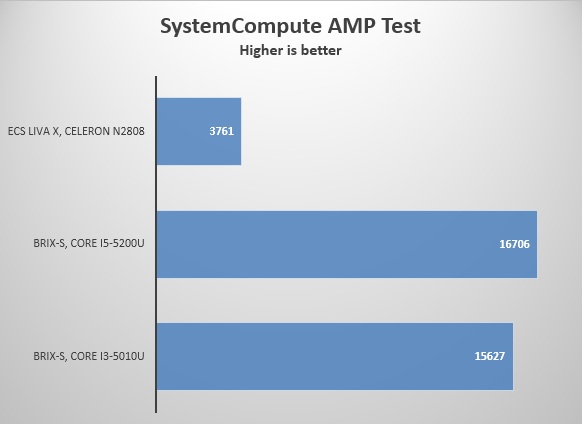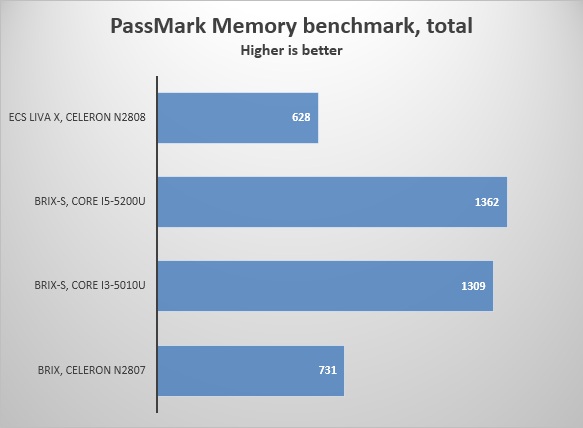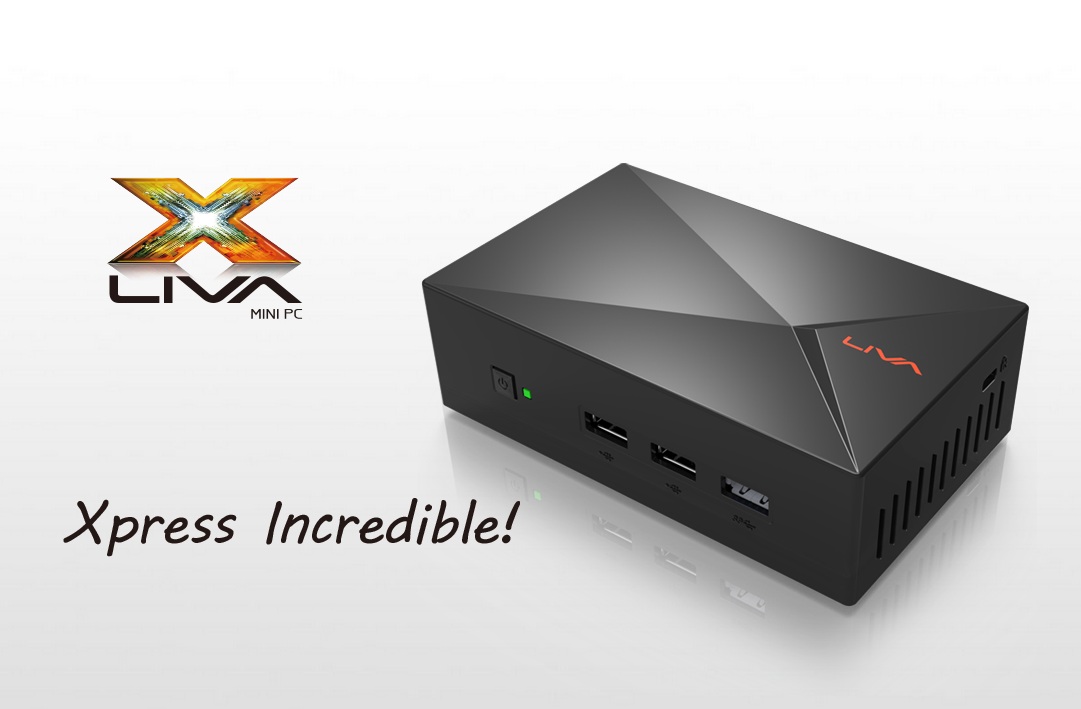
ECS has been instrumental in the ultra-compact form factor (UCFF) PC market. Since we have been discussing about PCs and their gradual shrink in size, a manufacturer that spends considerable time and effort (and money) on their SFF lineup needs to be mentioned. ECS’ Liva line of UCFF PCs debuted some time back and met with mixed reviews. While the idea was novel, their design decisions were questioned and as a result they went back to the drawing board. Today’s Liva-X is a result of those design changes that ECS was fast to implement.
Both the Liva and the Liva-X are much smaller than the conventional SFF PCs and hence the design choice becomes a priority here. The basic target customer base for these PCs are obviously people who need a fully functioning computer base in the smallest footprint possible. Being fully x86 compliant means that Liva-X is safe from products like the Intel Compute Stick and Raspberry Pi, and performance wise far superior as well. The pricing at around $210/$250 is steep for the configuration, but we need to keep in mind that you are getting an enclosure, a power adapter as well as built in WiFi/BT capabilities.
The unit we have for testing here has an Intel Celeron N2808 processor at its heart. This is a Bay Trail M processor based on 22nm fabrication process and has a base clock of 1.5GHz (Turbo speed 2.16 GHz). ECS couples this with 4GB of DDR3-1333 memory and Toshiba eMMC storage (32/64GB). Notice that unlike its bigger counterparts like GIGABYTE’s BRIX, the memory and storage is soldered to the motherboard, negating any options for a future upgrade. This also saves up some space that connectors generally take, aiding in the UCFF specifications. The only expansion slot comes in the form of an mPCIe slot, where a Ralink RT3290 wireless (1×1 802.11n) module is installed. For some reason if you do not want wireless connectivity in the Liva-X, this slot can be populated with an mPCIe device of your choice.
Visual Analysis:
The Liva-X is an upgrade both size wise and design wise. Size wise, the Liva-X is smaller and longer with a shorter footprint. The design upgrades include the removal of vents from top with a flushed metal plate which is stamped like an uneven ‘X’ to create an edgy appearance. Minimal branding ensures that it is pleasant to look at.
In front, the power button is flanked by a tiny green LED and three USB ports. ECS keeps the old USB2.0 ports in the Liva-X, adding just one USB3.0 port among the three provided. This is especially useful during OS installations, since Windows continues to have problem with USB3.0 drivers right after installation.
The rear I/O has the DC power input, HDMI and VGA video outputs, headphone/microphone combo port, and a Gb Ethernet LAN port. The Realtek 8111GR network controller is supplemented by an ALC283 based audio codec. As previously discussed, this is Realtek’s standard bundle, providing audio and network controllers together which saves cost.
BIOS/UEFI walkthrough:
Like we have seen for most UCFF PCs, the BIOS/UEFI implementation for them is still in their nascent stage. Most manufacturers ship their PCs with BIOS rather than UEFI which feels dated. Moreover the options provided in these systems are completely barebones, in tandem with the scope of the hardware that they ship with. In essence, there are hardly any incentives for getting into the BIOS menus and trying your hand in tweaking the options since there aren’t any.
For the Liva-X, ECS ships with an UEFI which looks and feels more like a BIOS. That means no in-built screenshot options, and a blue-white livery. Interestingly, there is a CPU tweaking tab, but the option provided there are read-only. Overclocking much, ECS?
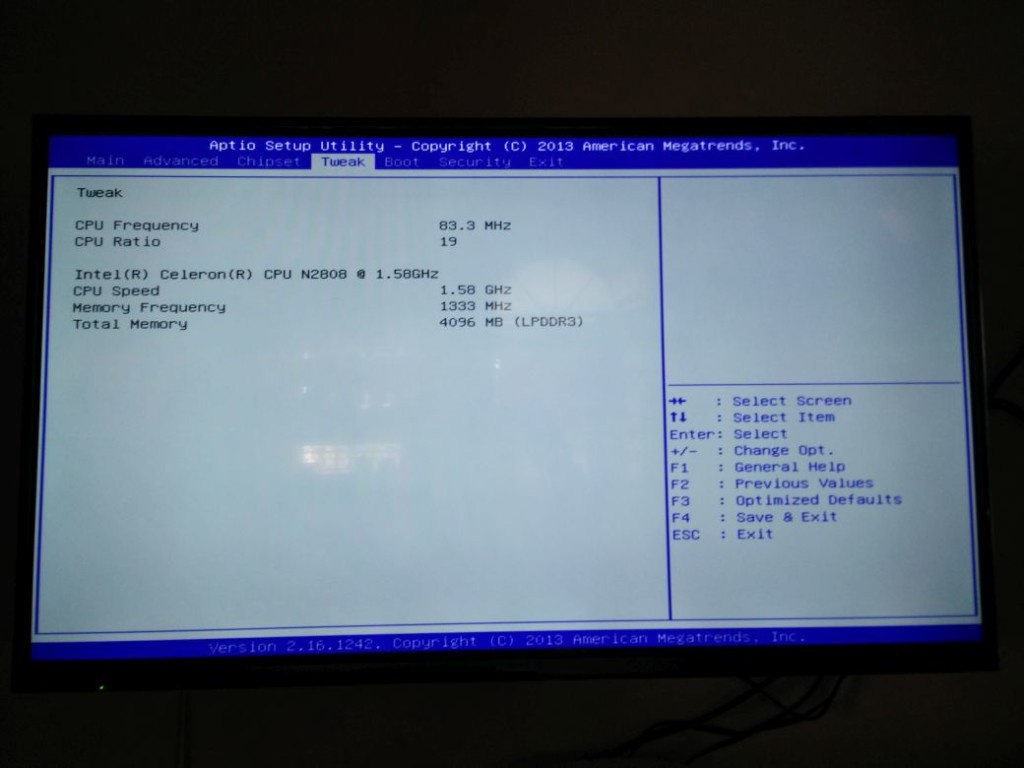
Note: I had to take the pictures off a TV, so pardon the bad images.
Performance:
For performance, I had the previous review numbers to compare the Liva X with. First up we compare the raw CPU performance, running a suite comprising of rendering programs like Cinebench. Newer benchmarks like the x265 full HD make the cut as well, pushing the SoC inside the Liva-X to its threshold.
Next up, the GPU performance. As with the previous review, I don’t run any games here since this is not meant to be a gaming PC. I instead run some GPU benchmarks that will give the reader an idea about the capabilities of the iGPU for the Celeron N2808.
The web-based benchmarks show us how the machine would perform in intense web based tasks.
Lastly, PassMark provides an excellent suite of memory and disk benchmarks which gives us an insight into the Liva-X’s memory and storage performance levels.
Conclusion:
ECS is a relatively new name in India. While the concept of small and ultra-compact form factor PCs have been gaining traction here for some time, people are still reluctant to give these a go for their personal use. With more manufacturers and more products coming into the fray, the mindset is sure to change. The ongoing global shift towards more powerful mobile hardware has touched India as well. PCs like the Liva-X represent the end spectrum of this scenario, defining a baseline performance that should be the bare necessity while building or shopping for one of these. That is a good thing, since the existing Atom SoCs were getting a bit long in the tooth for Intel. With the Silvermont refresh they can finally shed some of the drawbacks. But as we talk about Silvermont, the 14nm die shrink, dubbed Airmont is already on the horizon, debuting this year with Microsoft’s Surface 3.
The performance left me scratching my head. While the Celeron N2808 is in no way a super-fast chip, comparing it to the N2807 was especially interesting, since in some tests the N2808 had a solid lead, and in others performance was 50% slower than the N2807. I am inclined to believe thermal throttling is the reason for this one, since the UCFF enclosure that ECS employs for the Liva X cannot really keep up with extended sessions of CPU-heavy work. But then it doesn’t need to be. This is supposed to be a PC driving the most basic of needs.
In the end, the form factor is what makes the ECS Liva X worth a look. The build quality is good, the performance, while being a little off the mark in some tests are more in line to what they should be, and overall the experience was very stable. This is not your gaming PC, neither is it trying to reach for the moon that is an all-rounder workstation. These kind of UCFF PCs are paving the way for a lot of public sector automations, and it’s not hard to understand why. From a performance and thermal perspective, the next generation seems even more lucrative. ECS’ Liva X is a right foot forward, but I am more stoked for the version 2.0.

